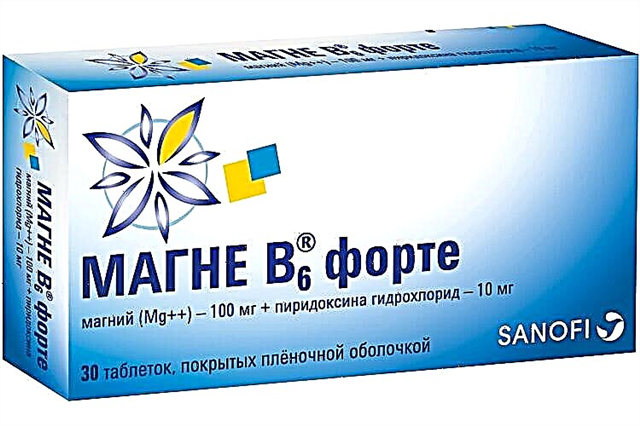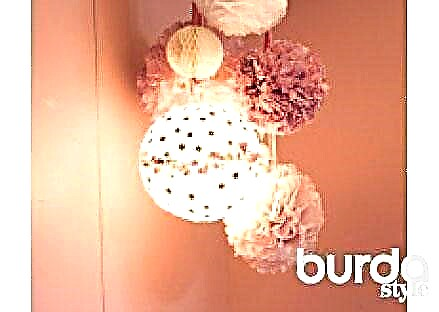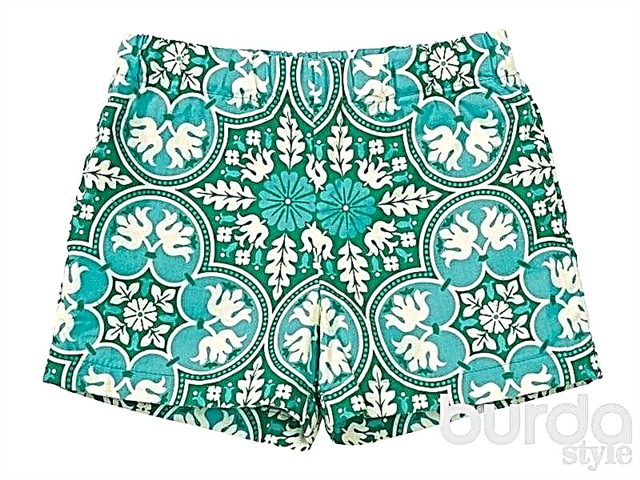Devore is a special textile processing technique that gives an unusual decorative effect. At the same time, fabrics and fabrics of Devore are very different - we consider examples of materials and choose what to sew from Devore.

What is devore and how is it produced?

Devore is a technique for processing textile material, due to which a textured pattern is formed on the canvas. The word itself comes from the French dévorer, which means to burn, eat, etch. The fact is that the patterns and drawings of the devore are formed by removing, chemically or otherwise etching some of the fibers that make up the textiles.
If you understand the technology of production of Devore, it becomes clear what fabrics and canvases can be attributed to this group.

So, initially the canvas is not textured. Before etching the patterns, a special gel is applied to the sections of the textile that should retain their original appearance, which protects them from exposure. Then the canvas is etched. Most often, etching is carried out using chemical compounds, it is also possible electromechanical impact or ionization (dry etching). The goal of any etching method is to remove cellulose fibers from the fabric (it is in viscose, cotton and linen, which should be in the processed textile) or fibrinoin, the protein component of natural silk. By etching, these fibers are removed partially or completely, and the treated textile sections become thinner, even transparent. Meanwhile, protected areas retain their original appearance and texture. The reagent is washed off, and the textile acquires a new texture. Then it can be printed.
How to work with coupon fabric: stylist's advice
Devore: types and properties

In the technique of Devore, various materials are processed, getting somewhat similar, but diverse effect. For example, there is velvet devore, velor, satin, satin, chiffon, organza, cambric, knitwear and so on.
The properties of the finished material will not least depend on the composition and qualities of the original canvas. But the etching technique also adds features to the textile.
Firstly, the paintings of Devore always have a recognizable texture. If you look closely, you will distinguish etched patterns from patterns woven or embroidered.
Secondly, despite the external fragility and translucency, modern Devore textile is quite durable. For etching, materials are selected that, even if deprived of part of the fibers, remain wear-resistant and easy to use.
As a rule, caring for Devora products is the same as if we were caring for textiles of the same composition that had not been etched.

Silk - fabric for all seasons
What to sew from devore
As regards the manufacture of clothes, from the textile, the Devorah is primarily the party dresses or one way or another attracting attention. Depending on the original material and how large the areas are and how badly etched, the product may or may not need a cover.
- Special offer

- 1
- 2
- 3
- 4
- Special offer

- 1
- 2
- 3
- 4
- Special offer

- 1
- 2
- 3
- 4

Reem Acra / Gucci / Maje
- Special offer

- 1
- 2
- 3
- 4
- Special offer

- 1
- 2
- 3
- 4
- Special offer

- 1
- 2
- 3
- 4

Gucci / Preen by Thornton Bregazzi / Marika Vera
- Special offer

- 1
- 2
- 3
- 4
- Special offer

- 1
- 2
- 3
- 4
- Special offer

- 1
- 2
- 3
- 4
But this is not necessary - for example, from the knitwear Devore make completely everyday T-shirts.

The White Company / IKKS
Another common area of application for devore is sewing curtains and other interior textiles.

In particular - bedding made of satin and other materials of devore.

Do-it-yourself sewing bedding: a selection of tips and workshops
Photo: stef-francis.co.uk, threestarfabrics.com, rubylane.com, tendaggi-tessuti.it, michellescreations. ca, Dior, net-a-porter.com, artsandcraftsnsw.com.au, trurofabrics.com, puresilks. us, topfabric.com, indiamart.com, denholme-velvets.co.uk, beautifultextiles.com, nikkidesignerfabric.com, prismsilks.com, textilearts.net, flair21.com, sophia-uk.co.uk, finelinens.com, sunlandhomedecor.com, agricgist.com



